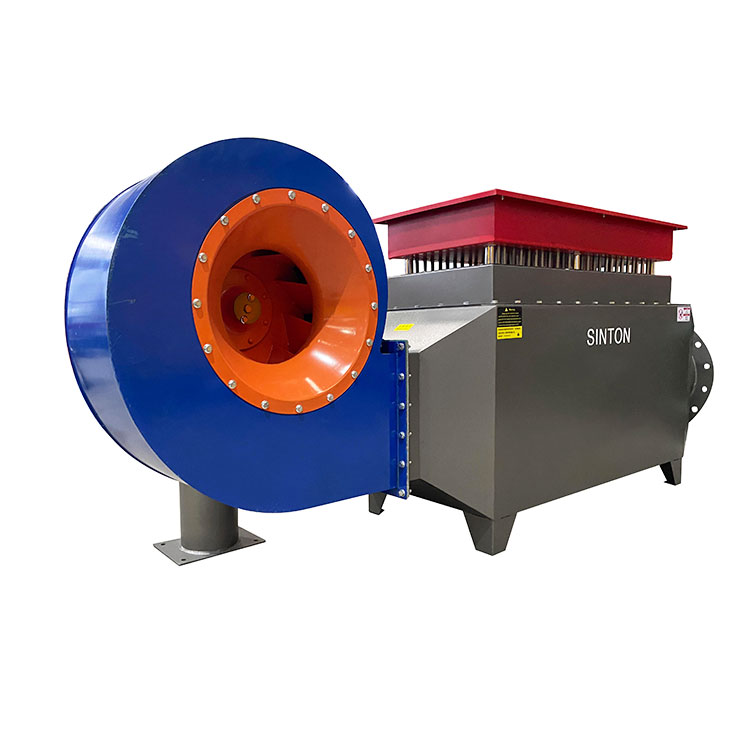WhatsApp: +86-185-5601-8866
Heating Equipment
2024-09-16
Integration with Airflow: Air duct heaters are seamlessly integrated into the existing ductwork of an HVAC system, either upstream or downstream of the air handler. The heater works in conjunction with the HVAC’s fan or blower, which continuously circulates air throughout the home. As the fan pushes air through the ducts, the air passes over or through the heating elements within the air duct heater. These elements warm the air as it travels through the ducts, ensuring that heated air is distributed efficiently to each room.
Uniform Heating: The heated air is dispersed evenly through the home via strategically placed air vents connected to the duct system. These vents allow the warm air to enter each room, creating an even temperature distribution. Because the heated air is pushed consistently through the entire duct system, it minimizes temperature variations between different areas of the home. Properly designed ductwork and vent placement are crucial to ensuring that each room receives an adequate and balanced amount of heat, helping to avoid cold spots in larger or distant rooms.
Thermostat Control: Air duct heaters are typically connected to a central or zoned thermostat system, which allows for precise temperature regulation. The thermostat monitors the ambient temperature in specific zones or the entire home and adjusts the heater’s operation accordingly. When the temperature drops below the desired set point, the thermostat signals the air duct heater to activate, delivering warmth to the home. Conversely, once the desired temperature is reached, the system shuts off, preventing overheating and optimizing energy use. In advanced systems, programmable or smart thermostats can further enhance control, offering customized heating schedules based on occupancy patterns or user preferences.
Multi-Zone Systems: In homes equipped with a multi-zone HVAC system, air duct heaters can be used in conjunction with motorized dampers to control airflow to specific areas or zones within the home. These dampers adjust the amount of heated air entering different sections of the house, allowing for independent temperature control in each zone. For example, you could heat the living room more than a rarely used guest bedroom, improving both comfort and energy efficiency. This zoned control ensures that heat is distributed only where it is needed, reducing energy wastage and maximizing occupant comfort.
Adjustable Output: Many modern air duct heaters feature variable heat output settings or multi-stage heating capabilities. This allows homeowners to adjust the heating intensity based on specific needs, such as room size, insulation quality, or external weather conditions. In smaller rooms or well-insulated areas, a lower output setting can be used to avoid overheating, while larger or poorly insulated spaces may require higher heat output. By fine-tuning the heat output to the home’s requirements, users can ensure balanced temperature control across all areas, minimizing energy consumption while maintaining optimal comfort levels.
Even Fan Distribution: The effectiveness of an air duct heater relies heavily on the HVAC system’s blower or fan, which is responsible for circulating air through the duct network. The blower evenly distributes warm air throughout the system, ensuring that all parts of the home receive a consistent flow of heated air. A well-maintained fan and duct system are critical for ensuring that there are no airflow obstructions, such as leaks, blockages, or imbalanced ducts, which could prevent even heat distribution. Regular maintenance of both the fan and ductwork is essential for maintaining performance and efficiency over time.
FD-120 Electric Automatic Reset Greenhouse Heater with Blower
